Cognitive Approach
1/80
Earn XP
Description and Tags
Multistore Memory Model // Glanzer and Cunitz 1 and 2 Working Memory Model // Landry Schema // Brewers and Treyens + Barlet Thinking and Dual Processing Thinking // Tversky and Kahneman 1 and 2 Reconstructive Memory // Brewers and Treyens + Barlet Emotions and Cognition // Brown and Kulik + Kulkofsky et al Technology // Mueller and Oppenheimer + Sparrow et Al + Bavelier + Kuhn
Name | Mastery | Learn | Test | Matching | Spaced |
|---|
No study sessions yet.
81 Terms
Memory
A complex process with different types. it involves separate systems and the movement of information through them in order to encode or recall information.
Multistore Memory Model
Sensory buffer. Temporary store holding information from the environment very briefly. Attention is required to move it to short term memory.
Short Term Memory. A store with limited capacity and duration. If the information in STM is rehearsed, then it moves to long-term memory. When we recall something it is retrieved from LTM and enters our STM so that decisions can be made.
Long-term memory (LTM) is where memory is stored after it has been rehearsed while in STM. LTM is of unlimited capacity and duration.
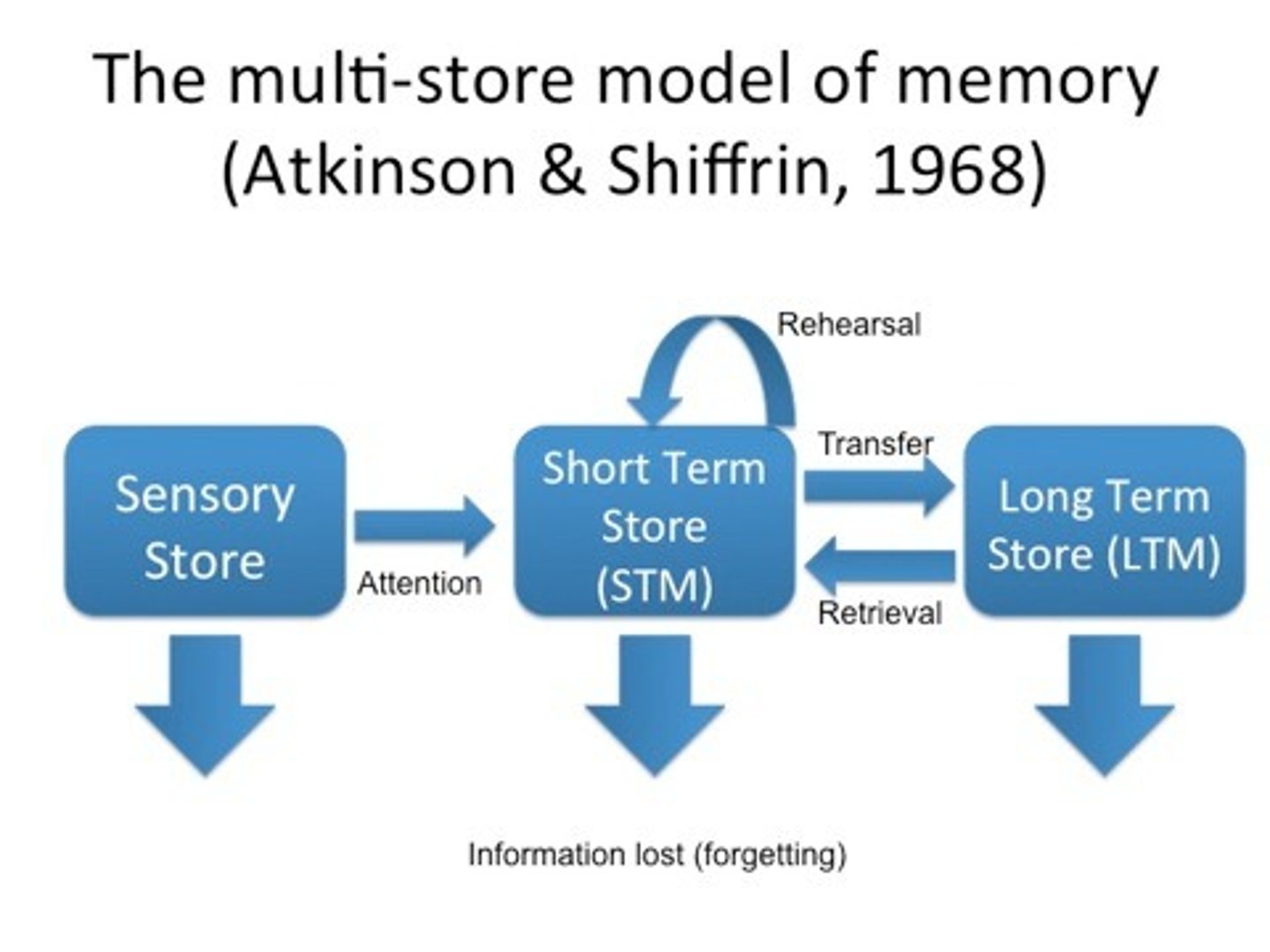
Serial position effect
Recall accuracy varies as a function of an item's position within a study list.
Primacy effect --> the initial items presented are most effectively stored in long-term memory because of the greater amount of processing devoted to them.
Recency effect --> these items are still present in working memory when the recall is solicited.
Glanzer and Cunitz 1 (AIM)
If the interval of time between words on a list would increase the number of words recalled at the start of the list.
The longer interval would provide more time for rehearsal, they hypothesized that the primacy effect would be greater.
Glanzer and Cunitz 1 (PROCEDURE)
Participants listened to recordings of eight 20-word lists.
The lists were the same for each group, except for the variation of time and repetition. The words could either be read once or twice and at a 3 or 6 second rate.
After each list was read, the participants had two minutes to write down the words they recalled.
Glanzer and Cunitz 1 (RESULTS)
The increased time interval between words led to an increase in the recall of all words in the list apart from the last ones.
This study supports the theory that the primacy effect is the result of rehearsal. The increased time interval allowed for more rehearsal, leading to a greater overall recall of the list of words. However, as words in the STM were still available in working memory, there was no significant change in the frequency of recall.
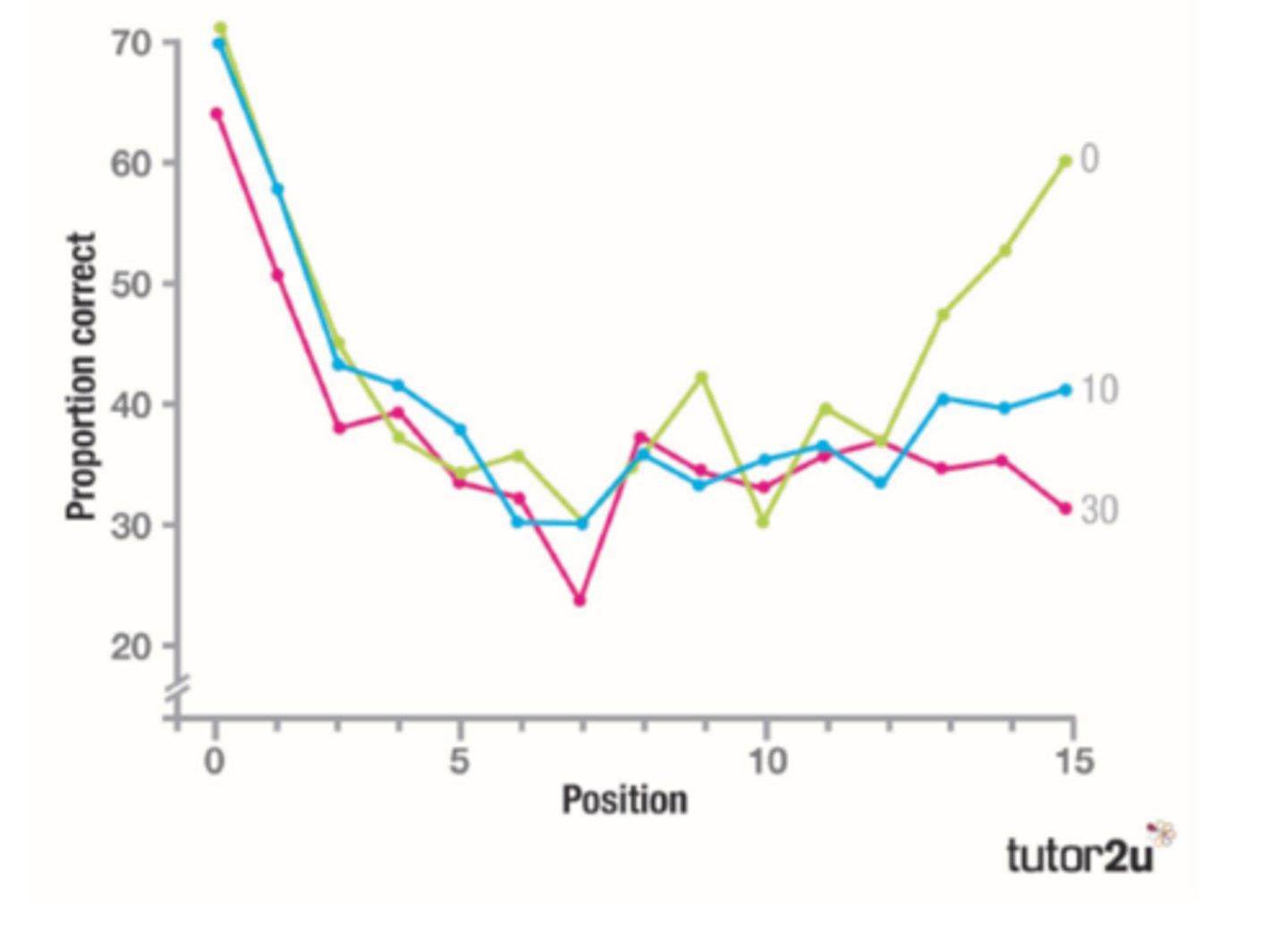
Glanzer and Cunitz 2 (AIM)
In this study, Glanzer and Cunitz wanted to prove recency effect.
Glanzer and Cunitz 2 (PROCEDURE)
Participants were shown 15 common words.
When the list was done, the participants either saw a # or a number between 0 and 9. If they saw the #, the experimenter said "Write" and they wrote down as many words as they could recall in any order.
If they saw a number, then they were to start counting from that number until the experimenter said, "Write." The Experimenter would either stop them after 10 seconds or after 30 seconds.
Glanzer and Cunitz 2 (RESULTS)
When asked for immediate recall, both primacy and recency effects were shown. With the 10-second distraction task, there was a significant reduction in the recency effect. In the 30-second delay condition, the researchers reported, "no trace" of the recency effect.
Glanzer and Cunitz 1 and 2 (EVALUATION)
Researcher used independent samples, so individual characteristics could affect the results of the experiment. This means it has low internal validity.
The tasks are artificial but highly standardized, meaning it can be replicated. However, the artificial nature of the tasks means that it cannot be generalized to real life behaviour, meaning it has low ecological validity.
An all male sample.
Evaluation of the MSM
The model is over-simplified. It assumes that each of the stores works as an independent unit.
The model does not explain memory distortion.
The model does not explain why some things may be learned with a minimal amount of rehearsal.
there are several times that we rehearse information and it is not transferred to LTM.
Working Memory
Working memory is the short term memory that we use to manipulate information in our head while remembering it for a short amount of time.
Dual Task Technique
If participants performed two tasks simultaneously, they perform worse than if they did them separately.
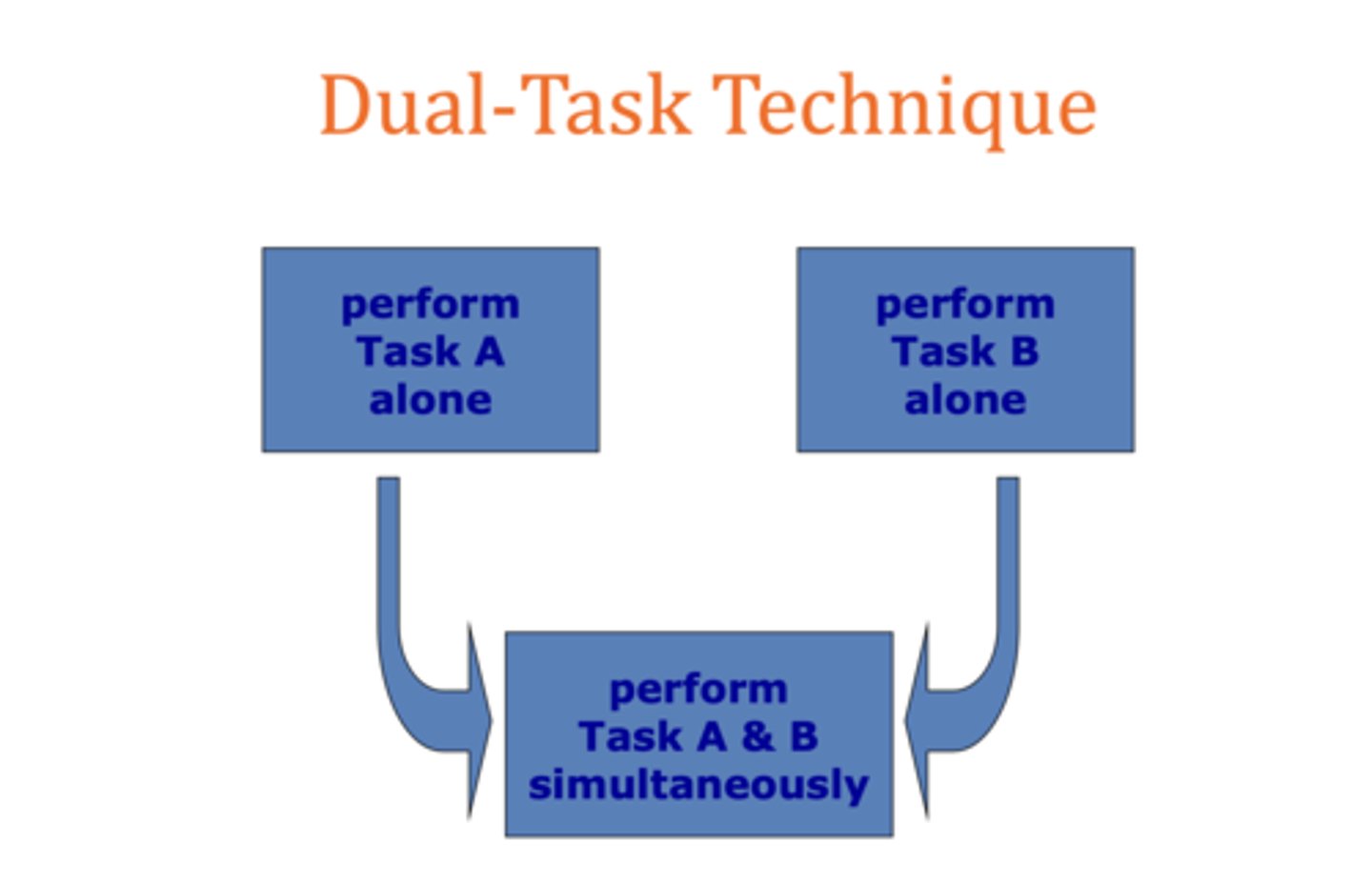
Working memory model.
It views the STM as separate stores for different types of information.
Made up of
- Visuo-spatial Sketchpad
- Phonological Loop
- Episodic buffer
- Central Executive
- LTM storage
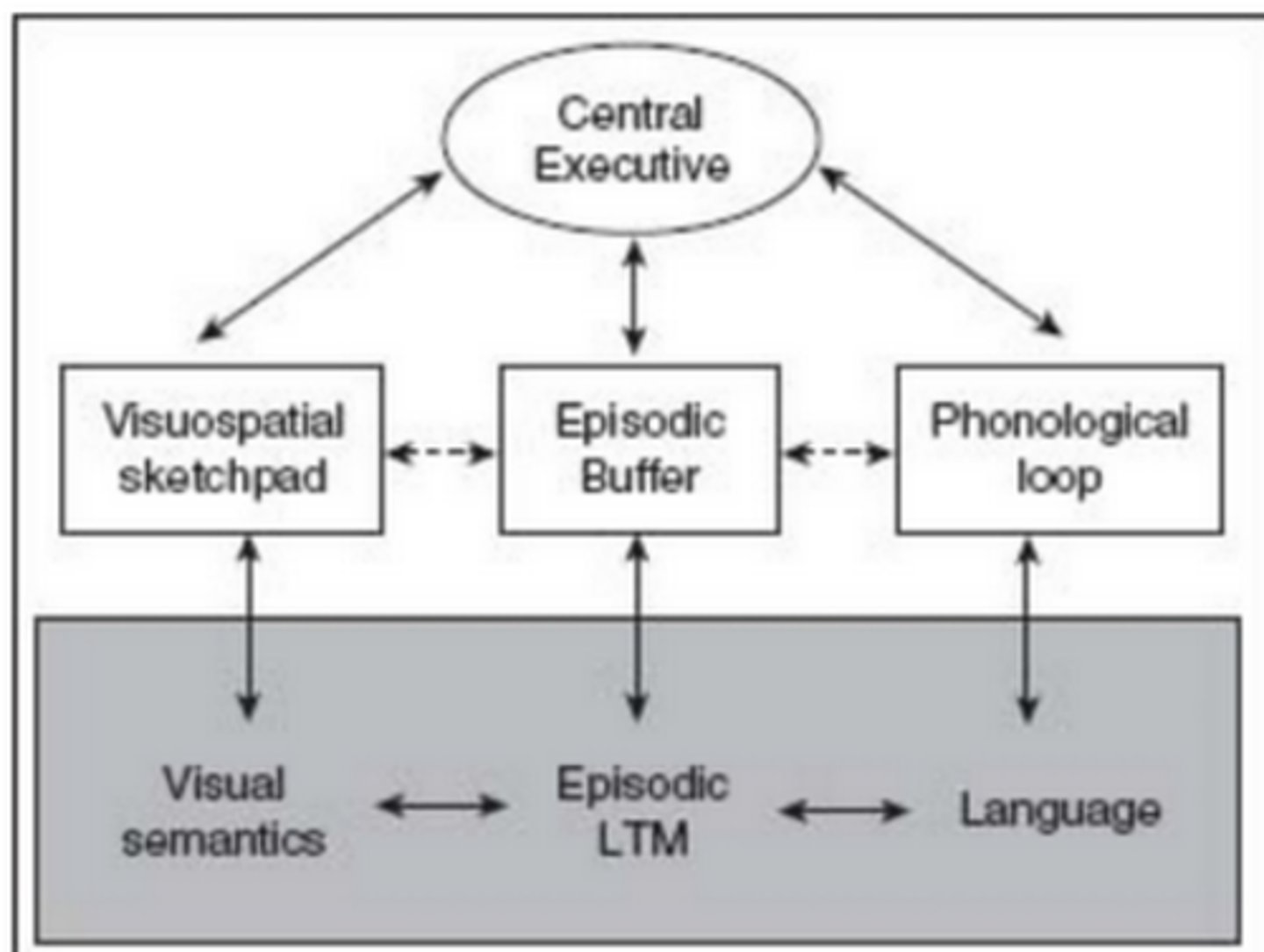
Visuo-spatial sketchpad
temporary store for visual and spatial information from either sensory memory or LTM
Phonological Loop
Auditory component of short-term memory (STM).
Two components;
- Articulatory control system (inner voice)
- Phonological store (inner ear)
Episodic Buffer
This buffer temporarily holds several sources of information active at the same time, while you consider what is needed in the present situation.
Central Executive
Controls attention and coordinates processing/storage subsystems. Decides how and when subsystems are utilized.
Capacity to focus, divide, and switch attention.
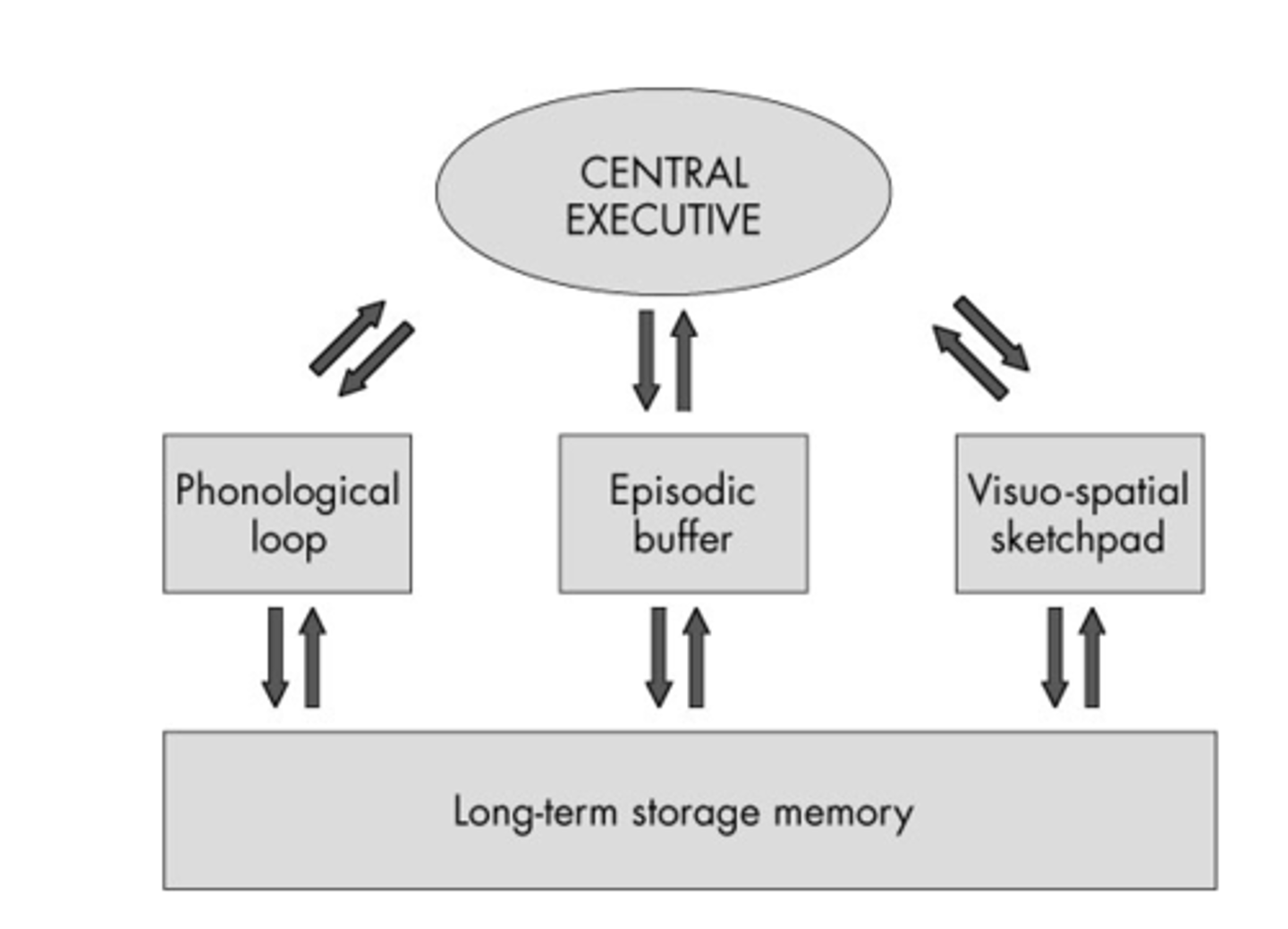
Landry and Bartling (AIM)
Investigate if articulatory suppression
would influence recall of a written list of phonologically dissimilar letters in serial recall.
Landry and Bartling (PROCEDURE)
Participants saw a list of letters that they had to recall while saying the number '1' and '2'. This is an articulary supression task, which prevents visual information from being encoded into the phonological store.
The control saw the letters but did not do the supression task.
The participants received an answer sheet with seven blanks in each row, where they would fill out the letters in order.
Landry and Bartling (RESULTS)
The mean percent of accurate recall in the control group was higher than the mean percent of accurate recall in the
experimental group. In line with the Working Memory Model, articulatory suppression is preventing rehearsal in the phonological loop because of overload.
Landry and Bartling (EVALUATION)
Psychology students were used for the study. They are not representative of the population.
Low ecological validity as the study was an experiment conducted in a lab where the variables were
highly controlled. It is not a realistic situation.
Schema
Structure of preconcieved ideas, a framework that represents aspects of the world and a person's experiences. A system to organize new information to better understand the world around us and assist recall. What we already know will influence the outcome of how we process information
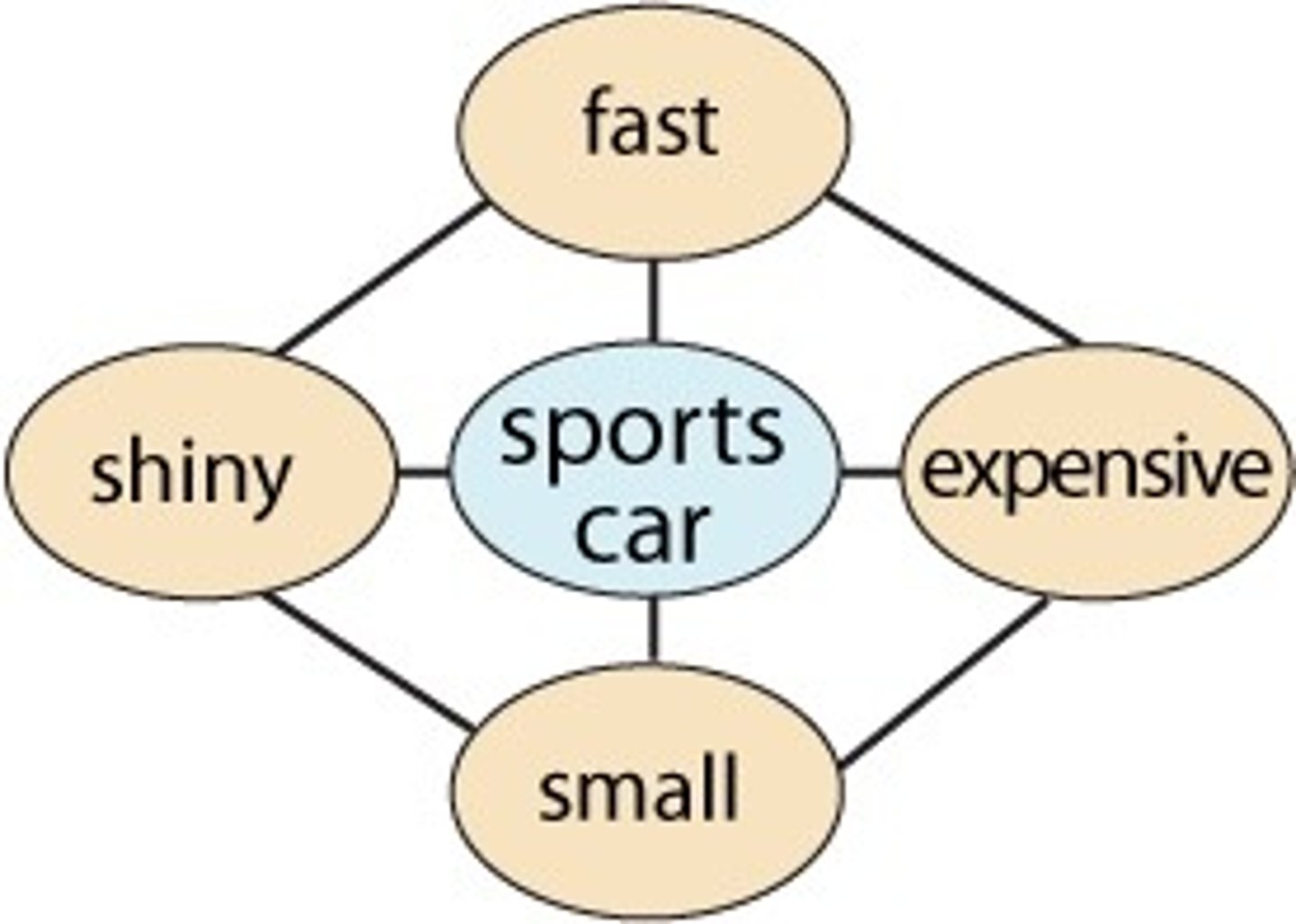
Reconstructive Memory
We dont have full memories in our brain, we access several "data points" that are all related to the schema of the subject we want to recall.
Retrieval of memory is influenced by our perception, our beliefs, past experience, cultural factors and the context in which we are recalling the information. It can also be influenced by our schemas.
Brewers and Treyens (AIM)
Study the role of schema in the encoding and retrieval of episodic memory.
Brewers and Treyens (PROCEDURE)
Uni psych students were seated in an office-like room. The room had objects which belonged in an office, like chairs, typewriters and coffee but also some anomalies like toys or a skull. Participants were asked to wait for 35 seconds and asked what objects they remembered in the office.
They were given also given a questionnaire which asked "Did you think that you would be asked to remember the objects in the room. 93% said "no."
They did writen recall, drawing recall and verbal descriptions.
Brewers and Treyens (RESULTS)
When they recalled by writing or drawing, they were more likely to remember the items in the office which belonged to their schema of an office.
When asked to select items on a list, they were more likely to identify the incongruent items
There was also a tendency to select or identify objects that are coherent with the schema, bur wew not actually in the room.
Brewers and Treyens (EVALUATION)
internal validity- participants weren't aware experiment began therefore no demand characteristics. Additionally, they were also asked if they though they would be asked questions about the room, and most ansered no.
ecological validity- natural office setting
Ethical concerns of deception
Sample was made of psych students, so the findings cannot be generalized.
Barlett (AIM)
If schema plays a role in the way we encode information. If memory is reconstructive then people will fill in the gaps with assumptions based on their schemas.
Barlett (PROCEDURE)
The researchers told each participant a legend called ' The War Of Ghosts'. All participants were british, so the story was unknown to them.
Two conditions;
Repeated reproduction; participants heard the story and were told to reproduce it after a short time and then to do so again repeatedly over a period of time.
Serial reproduction, in which they had to recall and repeat the story to another person.
Barlett (RESULTS)
Participants in both conditions changed the story as they tried to remember it - a process called distortion.
Assimilation: The story became more consistent with the participants' cultural expectations.
Leveling: The story also became shorter with each retelling as participants omitted information.
Sharpening: Participants tended to change the order of the story to make sense of it using terms more familiar to the participants' culture.
Bartlett's study indicates that remembering is not a passive but rather an active process, where information is retrieved and changed to fit into existing schemas.
Bartett (EVALUATION)
This is very dated research and the sample was made of british participants only, lowering the external / ecological validity.
It is unclear if the memory distortion was due to individual differences like memory problems, lack of attention or disinterest.
Study is highly replicable and standardized.
Thinking
Pay attention to the world and stimuli around us. It is the process of using knowledge and information to make plans, interpret the world, and make predictions about the world in general.
Problem Solving
Decision-making is needed during problem-solving to reach a conclusion. Problem-solving is thinking that is directed toward solving specific problems by with a set of mental strategies.
Two System Model
The two-system model of thinking presents a distinction between automatic and controlled thinking styles.
System 1 is 'fast, automatic, effortless, associative,implicit, emotionally charged'. It's quicker and automatic.
System 2 is 'slow, serial, effortful, consciously monitored, deliberately controlled'. It takes more time and is used for reflection.
Heuristics
Although System 1 thinking is an efficient way to process the information we receive from the world around us, it is also prone to errors because it depends on assumptions.
These patterns of thought are usually described as cognitive biases.
Achoring Bias
Tendency to rely too heavily on the first piece of information offered (the "anchor") when making decisions.
Tversky and Kahneman 1 (AIM)
See the effect of anchoring bias in the recall of information. The impact of cognitive biases and heuristics on decision making, when system 1 is employed.
Tversky and Kahneman 1 (PROCEDURE)
Participants in the "ascending condition" were asked to quickly estimate the value of 1 X 2 X 3 X 4 X 5 X 6 X 7 X 8 in five seconds.
Those in the "descending condition" were asked to quickly estimate the value of 8 X 7 X 6 X 5 X 4 X 3 X 2 X 1.
Since we read from left to right, the researchers assumed that group 1 would use "1" as an anchor and predict a lower value that the group that started with "8" as the anchor.
Tversky and Kahneman 1 (RESULTS)
the median for the ascending group was 512; the median for the descending group was 2250. The actual value is 40320.
This shows the presense of anchoring bias and how it changed the way they viewed the math problem. As a rapid judgment had to be made, the use of heurisics was employed thus demonstrating that while intuitive thinking is not time consuming, it operates automatically and is therefore prone to error.
Tversky and Kahneman 1 (EVALUATION)
Sample was made of highschoolers so the results cannot be generalized to a whole population, showing a lack of external validity.
Independent research design was used meaning that personal characteristics like math skills, attention and other factors could affect their answers.
The task is oversimplified and is done in artificial conditions so is low in ecological validity.
Highly standardized and easily replicable. Being in a lab means confounding variables were controlled or eliminated.
Framing Effect
People react to choices depending on how they are presented or "framed." People prefer certain outcomes when information is framed in positive language, but prefer less certain outcomes when the same information is framed in negative language.
Tversky and Kahneman 2 (AIM)
Test the influence of positive and negative framing in decision-making.
Tversky and Kahneman 2 (PROCEDURE)
Participants were asked to make a decision between one of two options in a hypothetical scenario where they were choosing how to respond to the outbreak of a virulent disease that could kill 600 people.
Some participants were given the "positive frame." Their choices were the following:
If Program A is adopted, 200 people will be saved.
If Program B is adopted, there is a 1/3 probability that 600 people will be saved and a 2/3 probability that no people will be saved.
In the "negative frame." their choices were the following:
If Program C is adopted 400 people will die.
If Program D is adopted there is a 1/3 probability that nobody will die, and a 2/3 probability that 600 people will die.
Tversky and Kahneman 2 (RESULTS)
all four options are effectively the same; 200 people will survive and 400 people will not.
Where information was phrased positively, (the number of people who would be saved) people took the certain outcome, (option A) and avoided the possibility of a loss in the less certain option (option B).
When the information was phrased in terms of people dying (a negative frame) people avoided the certain loss (option A) and took a chance on the less certain option B.
Tversky and Kahneman 2 (EVALUATION)
It has volunteer sampling which means that findings from volunteers might not apply to broader groups.
Participant effects are also relevant as things like a person's perception of the illness and how naturally positive or negative they are.
Why does schemas affect memory?
When we reconstruct memory, we are activating schemas that are relevant to an event. In this process, we may distort memories
Main Problem with Technology and Cognition
The Internet has only been accessible to
the wider population of humans since the
1990s. Due to this, it's hard to discern the effects that the internet might have in complex cognitive processes like memory.
Mueller and Oppenheimer (AIM)
See if the act of taking notes by hand would be more effective than taking notes in a computer during lectures. How taking notes in a computer would affect memory.
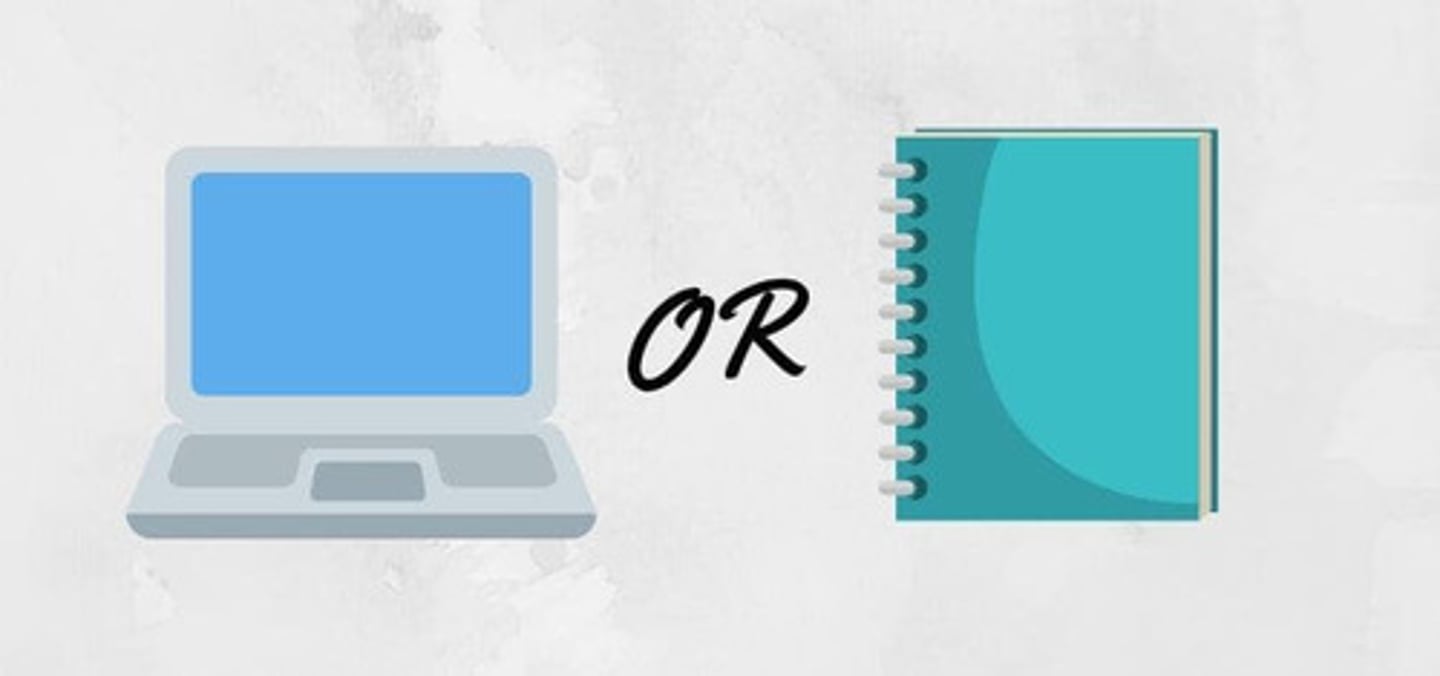
Mueller and Oppenheimer (PROCEDURE)
A sample of undergraduate college students. Participants where given a pen and paper or a laptop to take notes on a series of four lectures of a student reading in a teleprompter.
Participants were told they would be tested on the lectures and that they would not be able to take their notes with them to study them.
In the test, they were divided into two groups;
the study condition, in which they were allowed to study their notes 10 min before testing.
the no study condition, in which they were not allowed to look over their notes.
The questions were categorized by the
researchers into "factual" questions and
"conceptual" questions.
Mueller and Oppenheimer (RESULTS)
In both the hand and laptop condition, if the participants could not study they did poorly on the factual questions but well on the conceptual questions. There was no significant difference between the hand and laptop.
However, in the study condition participants with hand notes did significantly better in both types of questions.
Using laptops may hinder learning, as when you take notes by hand writing fast enough to keep up with the teacher makes it so that we have to process information and write it in our own words. This processing helps the learning process, unlike taking notes in the computer.
Mueller and Oppenheimer (EVALUATION)
Highly standardized and easily replicable. Reliability can be tested.
It's also high mundane reality for students, as they are used to taking notes in lectures. However, there's also low ecological validity as the students usually know what the lectures will be on.
It's independent samplings, so participant differences are relevant. And the internal validity is low as there was a week of intermission that was not controlled.
Transactive Memory
A system of collective memory shared within members of a group. This includes memories of
each individual as well as memories about
where the individual can find specific other
memories. The internet is an example of transactive memory.
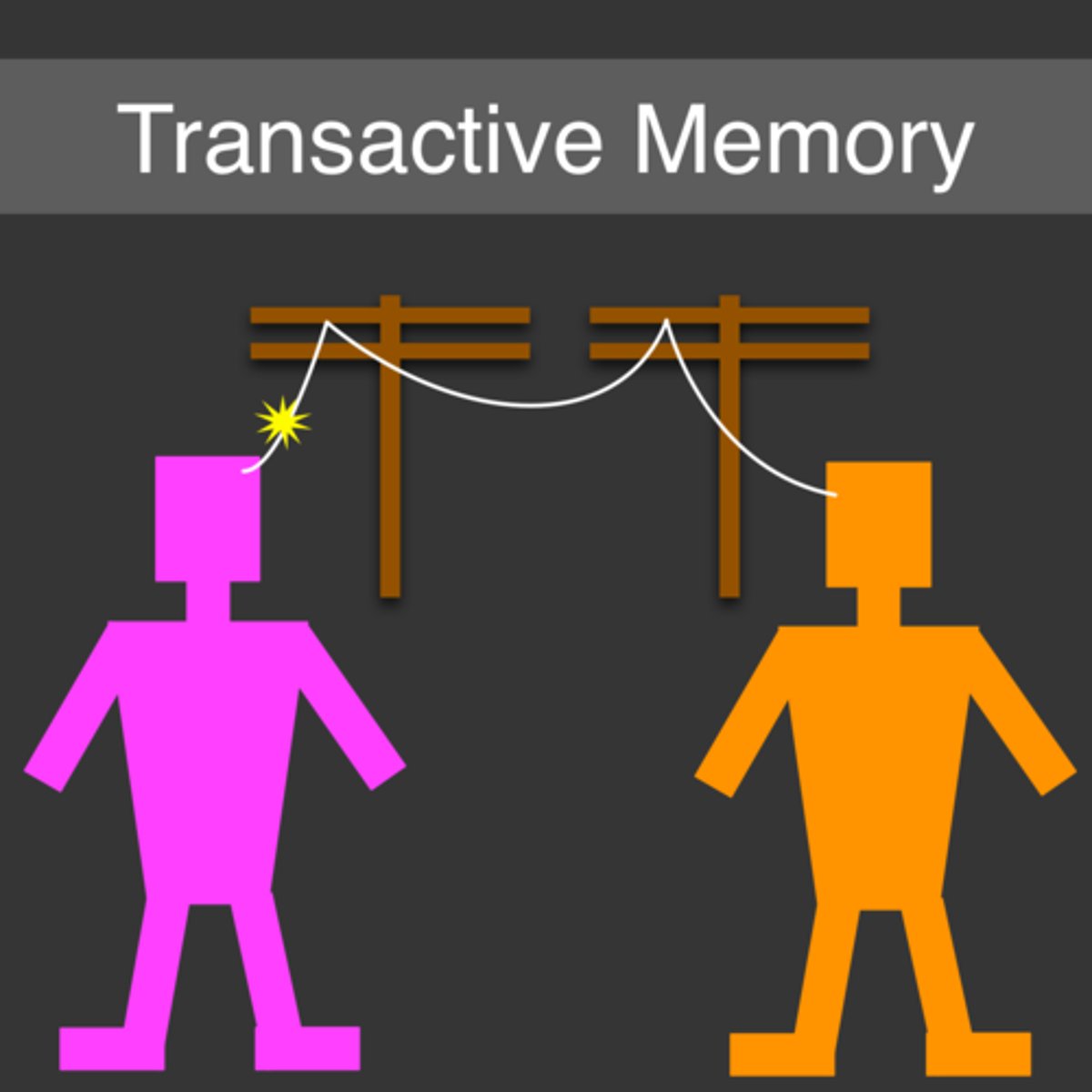
The internet and memory
The internet can be thought as an external memory.
The process of memory begins with attention.
The evidence this far suggests that digital technologies like
smart phones have a negative correlation with attentional
performance.
Sparrow et Al (AIM)
To investigate the relationship between memory and technology. Test for a possible digital amnesia.
Sparrow et Al (PROCEDURE)
Participants were asked to type a couple trivia facts into a computer. Half of the participants were told the facts would be permanently saved into the computer and half where told the information would be deleted. All participants were told to remember the facts.
Participants were later told to recall the facts.
Sparrow et Al (RESULTS)
Participants who believed they could access the information later did not recall the facts as well as the group who thought they would be deleted.
Sparrow et Al (SECOND EXPERIMENT PROCEDURE)
same procedure, except they switched to a repeated measures design. After participants typed in the 30 trivia statements they were shown one of three messages.
Your entry has been saved.
Your entry has been saved into the folder X.
Your entry has been erased.
Participants then completed a recognition task in which they wereshown the 30 trivia statements, but half of them were altered slightly.
Sparrow et Al (SECOND EXPERIMENT RESULTS)
Participants had the best memory of the facts they thought were erased. They were also able to recall the name of the folder better than the facts.
This is called the Google Effect, (digital amnesia), in which the expectation of access to information like search engines has a negative effect on the recall of information. There's no need to encode information if you can look it up later.
Sparrow et Al (EVALUATION)
Attempts to replicate Sparrow's findings have not been successful. This challenges the reliability of the findings.
The tasks had low eco validity and participants knew they were part of an experiment.
The facts were of limited value and interest to the students. Humans tend to remember information that we process deeply or is of personal relevance.
The sample was made up of university students who are used to using computers, this does not reflect into the entirety of the population.
BAVELIER ET AL (AIM)
Investigate the connection between action video games and decision making.
BAVELIER ET AL (PROCEDURE)
A sample of people who had not played video games in the past year. One group was made to play an action videogame for 50 hours, another was told to play a simulation game in which they made decisions about a characters life.
Members of both groups were told to do a simple test. A computer screen would show a pattern of dots, and the participants had to determine what way the majority of the dots were moving to.
BAVELIER ET AL (RESULTS)
Although both groups could accomplish the task, those who had played the action video did the task faster and with fewer errors - that is, they were able to
decipher a a large amount of information more quickly and come to a decision. Tecnhology might have a positive effect in quick decision making.
BAVELIER ET AL (EVALUATION)
Due to independent samples, some participants could have had characteristics that deviated the data collected.
Low construct validity. Defining decision making is hard and improvement in results could be due to an increase in motor skills rather than decision making.
No control group.
KÜHN ET AL (AIM)
Determine the effects of prolongued video game playing in the brains of young adults.
KÜHN ET AL (PROCEDURE)
Participants played Super Mario 64 for 30 minutes every day for two months. The researchers carried out MRI scans on the participants before and after the two-month videogame playing. The MRIs where compared to a control group that did not play video games.
KÜHN ET AL (RESULTS)
The MRIs showed that the volume of greymatter in the prefrontal cortex, hippocampus, and cerebellum had increased in the gaming group.
This shows that video game increases brain plasticity.
KÜHN ET AL (EVALUATION)
Participant differences might be relevant since independent sampling.
Low internal validity as the researchers don't know what participants might have done during the 2 month period.
Pre-test and post-test design increases internal validity same as comparing the results with a control.
Emotion
a complex experience which results in
changes including physiological arousal, subjective feelings and associated behaviour.
It is generally a response to a
situation which a person perceives
to be important or significant.
Emotions are universal.
Amygdala
The unconcious processor and fear center of the brain.
It is unconcious s because its neural connectivity appears to be hard-wired in how it responds to stimuli, including threats - this is also known as implicit memory.
Hippocampus
conscious and explicit memory. The amygdala feeds back into the hippocampus to store emotional memories more vividly, but not more accurately, than other memories.
Flashbulb Memory
a highly detailed, exceptionally vivid "snapshot" of the moment when a surprising and emotionally arousing event happened.

Special Mechanism Hypothesis
argues for the existence of a special biological memory mechanism that, when triggered by an event exceeding critical levels of surprise, creates a permanent record of the details and circumstances surrounding the experience
Brown & Kulik (AIM)
To investigate whether shocking events are recalled more vividly and accurately than other events. Flashbulb memory.
Brown & Kulik (PROCEDURE)
The researchers studied participantmemories for events like the assassination of John F. Kennedy. They argued that due to the emotional nature of the event, participants would remember it with perpetual clarity.
They admisitered questionnaires to 80 US participants about JKF's assasination, other assasinations and other newsworthy events.
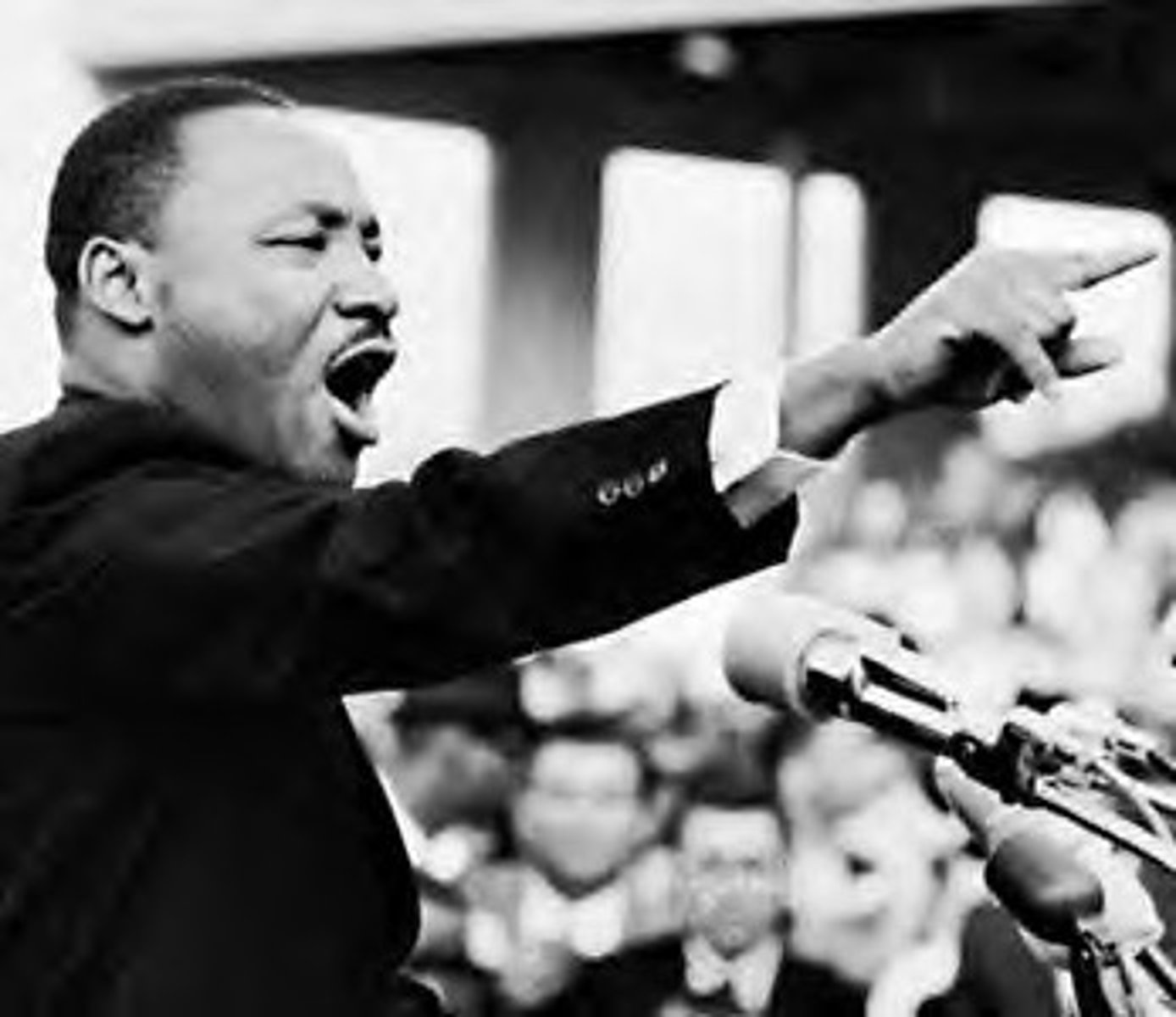
Brown & Kulik (RESULTS)
Participants remembered flashbulb events with incredible clarity and vivid detail.
There were two requirements for flashbulb memory. A high level of surprise and consequentiality measured through emotional arousal.
White participants remembered the death of JFK better, while black participants remembered more about black activist Medgar evers.
Brown & Kulik (EVALUATION)
-Many participants thus high ecological validity to Americans
-Naturalistic: reactions and events were real-life-Interviews
But also low internal validity.
Interviews allow for flexibility in answers
Kulkofsky et al (AIM)
to see if there was any difference in the rate of flashbulb memories in collectivistic and individualistic cultures
Kulkofsky et al (PROCEDURE)
The researchers studied five countries. China, germany, turkey, the UK and the USA. All participants were middle class.
Participants were given five minutes to recall memories of public events in a lifetime. These events where then used to make a memory questionnaire, in which participants were asked five questions about an event.
1. Where were you when you first learned of the event?
2. What time of day was it?
3. How did you learn about it?
4. What were you doing at the time that you learned about it?
They then answered questions about how personal the event had been to them.
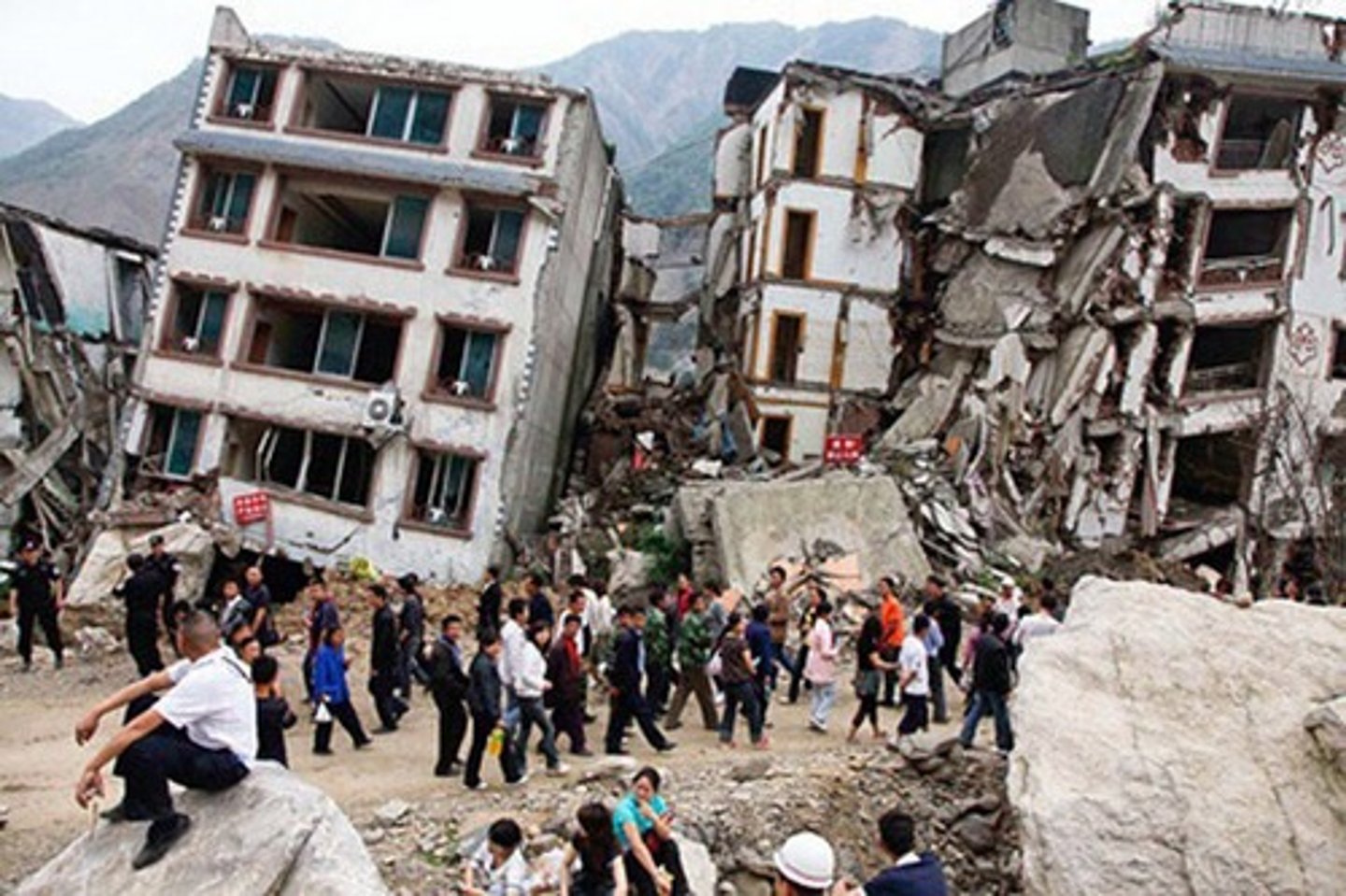
Kulkofsky et al (RESULTS)
Collectivistic cultures like China showed that personal importance and intensity of emotion played less of a role in FBM in comparison to individualistic cultures which place greater emphasis in personal involvement.
However, it was found that national importance was equally linked to FBM formation across cultures.
Kulkofsky et al (EVALUATION)
A representative of the culture administered the test and the language of the questionnaires was that of the native language of participants, avoiding interviewer effects.
The study used back-translation to make sure that the translation of the questionnaires was not a
confounding variable. This increases the credibility of the study.
There is the danger of the ecological fallacy - just because the participants come from the culture being
studied, this does not mean that they necessarily share the traits of the culture's predominant dimensions.
Researchers cannot see if there was a FBM that was not self reported even if present.